Research Publications
POST-FLEDGING HABITAT USE AND MOVEMENTS OF WORM-EATING WARBLERS IN THE TENNESSEE RIVER GORGE
Declines in Neotropical migratory birds have been observed over the past several decades. Species with particular habitat needs, termed ‘specialists’, are especially at risk given continual habitat loss. These downward trends have prompted researchers to investigate species’ life histories and associated habitats to better understand the necessary components for successful life stages. The Worm-eating Warbler (Helmitheros vermivorum; WEWA) is an interior specialist with little known regarding its post-fledging habitat needs. I used harness attached radio transmitters to track fledgling WEWAs in the Tennessee River Gorge to study habitat components and daily movements. Results between fledgling location and random points indicate that degrees slope (gradient of a hillside) and leaf litter depth are significant characteristics of juvenile habitat, and that shrub density and herbaceous cover may also be determining factors. Daily movements averaged 49 linear meters and moved down slope. Additional studies will further reveal post-fledging needs and guide conservation actions. This research project was completed as a masters thesis at the University of Tennessee Chattanooga by Holland Youngman.
A STUDY OF THE GEOLOCATOR ATTACHMENT EFFECTS AND MIGRATION TIMING OF LOUISIANA WATERTHRUSHES AND WORM-EATING WARBLERS
As migratory bird tracking technologies advance, we can now follow movements of birds throughout a full-annual cycle. These breakthroughs are revealing information that was previously unknown for many species. Using light-level geolocators, my study follows Louisiana Waterthrushes and Worm-eating Warblers from four populations, from 2016 to 2019. The purpose of my research was to examine the potential effects geolocators have on body condition and survival, as well as to describe the migratory speed and duration of the populations. My results suggested that tracking Louisiana Waterthrushes and Worm-eating Warblers with light-level geolocators or other small markers weighing 0.5 g, using proper attachment methods, can be accomplished without deleterious impacts on the condition and survival of the birds, and the data revealed the birds employed a time-minimizing strategy during migration. Lastly, there was a cultural component of the project that connected communities on each end of Neotropical migration through an educational program. This research project was completed as a masters thesis at the University of Tennessee Chattanooga by Eliot Berz.
CLIMATE CHANGE VULNERABILITY ASSESSMENT (CCVA)
This project mapped ecological systems (i.e., land cover patterns) in the Tennessee River Gorge. The researcher, Dave Jacobs, compared the current data with legacy data available from NatureServe and USGS. In comparing how land cover has changed, Dave completed a climate change vulnerability analysis to pinpoint areas of concern in the Tennessee River Gorge.



